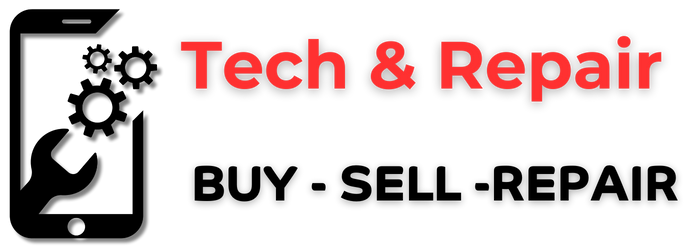Jaw locking can be a painful and disruptive condition that affects speaking, eating, and daily comfort. It may result from temporomandibular joint disorders (TMD), muscle strain, trauma, or habitual jaw clenching. Understanding practical solutions to restore normal jaw movement is essential for improving function and preventing further complications. Seeking professional care through Jaw Locking treatment ensures accurate diagnosis and personalized management plans.
1. Apply Controlled Heat or Cold Therapy
Alternating warm and cold compresses can reduce inflammation, relax tight muscles, and relieve pain. Warm compresses help increase blood flow and loosen stiff muscles, while cold packs numb pain and reduce swelling. Using these therapies for 10–15 minutes multiple times a day can support recovery and improve mobility.
2. Practice Gentle Jaw Exercises
Targeted exercises help strengthen the jaw muscles, improve range of motion, and reduce stiffness. Simple movements, such as slowly opening and closing the mouth, side-to-side jaw motion, and stretching exercises, can gradually restore flexibility. It is important to perform exercises under professional guidance to avoid exacerbating the condition.
3. Manage Stress and Reduce Teeth Clenching
Stress often contributes to jaw clenching or teeth grinding, which can worsen jaw locking. Techniques such as mindfulness, meditation, deep breathing, and muscle relaxation can ease tension in the jaw. Using a night guard during sleep may also protect the jaw and teeth from further strain.
4. Maintain Proper Posture
Posture affects jaw alignment and muscle tension. Sitting or standing with the head properly aligned with the spine and avoiding prolonged forward tilting helps reduce unnecessary stress on the jaw. Ergonomic adjustments to workspaces and sleeping positions can further support jaw health.
5. Seek Professional Intervention
Persistent or severe jaw locking may require medical or dental intervention. Professionals can provide treatments such as corrective dental appliances, physical therapy, or minimally invasive procedures to restore joint function. Early professional care ensures proper alignment, reduces pain, and prevents chronic dysfunction.
Conclusion
Jaw locking can significantly impact daily life, but practical strategies like heat and cold therapy, gentle exercises, stress management, posture improvement, and professional care can restore normal jaw movement effectively. Timely intervention through Jaw Locking treatment promotes long-term relief, enhances oral function, and improves overall quality of life.



